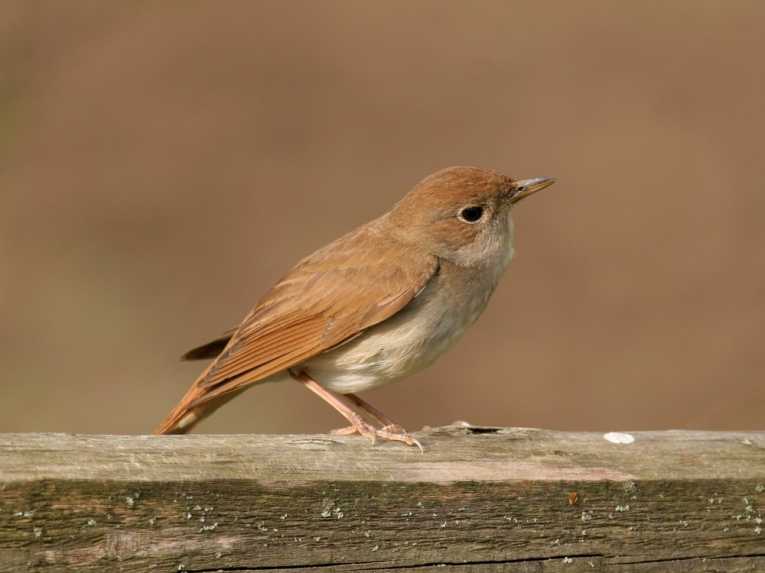For four years in May, in a Berlin park, twelve 1-year-old and twelve older nightingales were played (nightingale) songs to determine how they reacted to common songs and different repertoires. Because of the repeat migration patterns, the singing males could be tested over two breeding seasons (although only five birds returned from the one-year-old group). The effort was worthwhile in many ways, especially in suggesting ways that birds can relate to competing males and the "choosy" females. Older nightingale males have a repertoire of 190 songs, building from an average early repertoire of 140. Popular songs are maintained in the bird's choice of tune which means the neighbourhood "boys" begin to sound similar in a kind of song culture.
The scientists involved, Dr.Sarah Kiefer, Professor Constance Scharff, and Professor Doctor Silke Kipper of the Free University of Berlin concentrated on the age-related differences in singing interactions at night, between 23:30 and 02:00 hours. When songs are played, the playback represents rival intrusion into the territory of a resident, which the authors point out is typical of so many taxa of animal that use sound. The response pattern is dependent on how much the playback interrupts their own songs. One-year old birds might have been expected to react less to intrusion, responding more slowly with a smaller number, both of overlap songs and the number of song type matches.
As it happens, the two age groups produced response songs of identical duration. After playback, or when overlapping the playback, one-year-olds began singing at similar times to the older birds. Overlapping was slightly more popular with young birds, but they significantly matched song types more often than expected by chance whereas the older birds didn't. Matching was between 1 and 16 times, but half of the older birds didn't bother matching at all (the others matched between 1 and 6 times). Motivation to escalate a fight is related to this matching, but the young birds cannot be expected to use a lot of force, so the song may help them by replacing physical risk with competition by song. "Lower quality" males with small body size or in poor condition have been found to use vocal output (a higher amplitude) more in other nightingale studies. On the other hand, experience in the older group must play a part. The larger repertoire in the older group could explain how challenging it would be to match songs. None of the males were paired at these dates, so little attention was given to effects of pairing itself on songs. Concluding notes suggest that the higher levels of song type matches in the first year and song overlapping by birds in their second year help in some way in communication strategies.. Either male/male competition or male/ female relationships or both could be involved.
Future research into how the quality of song varies and how the comparison of singers influences both females and the competing males seems likely. "Treating nocturnally singing nightingales as communication networks with information-seeking listeners such as third-party males or females as important players appears to be a very promising approach in that direction," say the Berliner threesome. The nightingale population in Germany is hopefully more stable than in UK, for these studies to progress. It remains one of the most advanced and beautiful audio transmitters on Earth.
The full research paper was published in the open access journal Frontiers in Zoology.










